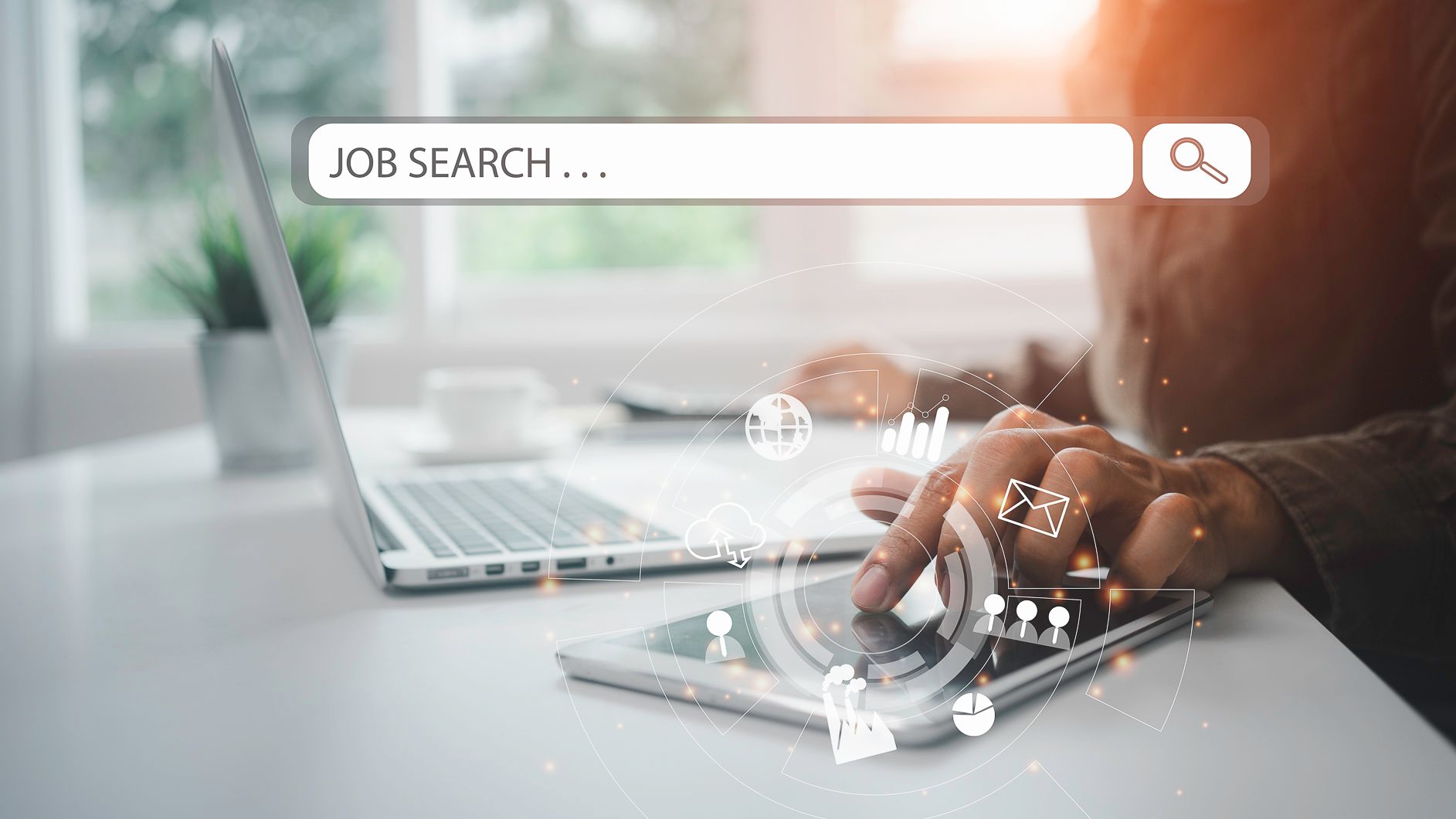While the topic of mental health had been working its way into the mainstream for many years prior to 2020, Covid-19 catapulted the issue into headlines. In a matter of months, stress, anxiety and depression became the poster children for the pandemic, as Australia became encumbered by lengthy lockdowns, constant uncertainty and fear.
The mental health of the workforce took such a hit that organisations suddenly found themselves called upon to prioritise employees’ mental wellbeing, while reducing workforce stress became critical to operations. This exercise forced many employers to learn the inextricable link between mental-wellbeing and organisational outcomes, such as productivity, engagement and creativity.
As Australia settles into the “new normal”, it’s crucial that employers don’t forget the lesson learnt during the height of the pandemic: that workers who are happier, less stressed and feel their mental health is supported, are an invaluable asset to their employer. And in the current employment market, are an asset that most organisations can’t afford to lose.
With June 23 marking National Stress Down Day, we look at things employers should consider when designing wellbeing into work, so that both workers and organisations can thrive moving forward.
Don’t make mental health taboo
According to a survey conducted last year, more than one in two Australian employees say they’d hide a mental health condition at work to avoid being judged or discriminated against. Further to this, 67 percent of workers feel as though these gestures to better mental health are just that – gestures – that are unlikely to create any significant impact.
This number makes it clear that, despite mental health becoming increasingly acknowledged, it is still met with a certain level of stigma, particularly at work.
The first thing employers can do to address mental health issues, stress and emotional burnout is to actually acknowledge their existence and how they might be affecting the workforce. Do this and you won’t just be taking the first step towards addressing these issues, but also signalling to employees that such topics aren’t taboo.
Moving forward, companies should consider creating targeted psychological safety and mental health awareness programs that help shift perceptions of mental illness, stress and burnout. Pair these with leadership training, and such programs have been shown to significantly improve mental health outcomes at work.
Consider the implications of remote work
While data shows that 90% of Australian workers want to be able to continue working from home in some capacity, a global study revealed that 77% of employees suffered from burnout and higher stress levels while working from home. This boiled down to three major contributing factors; overtime worked increasing from 236 hours to 436 hours, confusion about how workplace tasks were distributed, and increased administrative tasks and unnecessary meetings.
This juxtaposition poses the following question to employers: how to continue giving employees the freedom of hybrid work and flexible working arrangements, without it resulting in more stressed, burnout employees?
According to a survey of executives by Deloitte, the answer to creating a sustainable and positive hybrid model of work lies in creating a work design that actively supports remote working arrangements, rather than simply tolerating them.
Organisations can, for example, make it a priority to provide digital collaboration platforms, and change scheduling and meeting norms to suit those working both in, and outside of, the office. These will not only work towards giving employees the autonomy and freedom they desire, but also improve their overall work experience.
Companies that solely focus on the experience of employees working in the office, and neglect those days employees work remotely, will only be addressing a small portion of the wellbeing pie.
Create and establish boundaries
For years, technology and work have become increasingly linked, and perhaps never more so than during the pandemic. As such, Human Resources will need to involve organisations’ technology leaders in ensuring that workplace technologies, and the workflows and processes that complement them, are designed and executed in a way that promotes employee wellbeing, rather than hinder it.
One example of this is limiting the extent to which workers can be required to answer phone calls and emails during nonwork hours or when on leave. This is the kind of behaviour that encourages an expectation of being “always on” that can compromise worker wellbeing and give rise to heightened stress and burnout.
These boundaries can be built into workplace culture, but also enforced through technology itself, with the assistance of internal IT teams that can set up auto replies and messages.
Organisations can even take this one step further, by actively implementing technologies that have the sole purpose of improving employee well-being, performance and quality of life. Such technologies include those that help develop self-awareness, build deeper group connections and “well tech”, which can assist people in maintaining and optimising health and cognition to support general wellbeing. Technologies such as these can improve well-being by allowing workers to better eliminate distractions, ease anxieties, de-stress, connect with others and build trust.
Include everyone in the process
While organisations may be implementing initiatives that reduce employee stress and address the psychological needs of their workforce, it is important that business leaders ensure these reach all their workforce.
An analysis conducted by McKinsey found that on average, organisations do a much better job of prioritising the psychological wellbeing of their higher-paid employees compared to their lower-earning counterparts. nd that on average, organisations do a much better job of prioritising the psychological wellbeing of their higher-paid employees compared to their lower-earning counterparts.
In addition to the moral case for equalising the scales on psychological well-being, there is also a strong business case of which employers should take heed. There is a significant body of evidence suggesting that higher employee satisfaction is associated with greater profitability, engagement and innovation - and that this phenomenon is not confined to a company’s higher-earning roles.
Furthermore, psychological well-being at work is one of the most important factors in employees’ decisions to stay with a company or leave. By prioritising the wellbeing of an entire workforce rather than a select few, organisations are less likely to see alienated employees resign, and increase opportunities to attract skilled candidates in the market.
If you’re looking for staff, partner with the experts and contact Bayside Group today.




